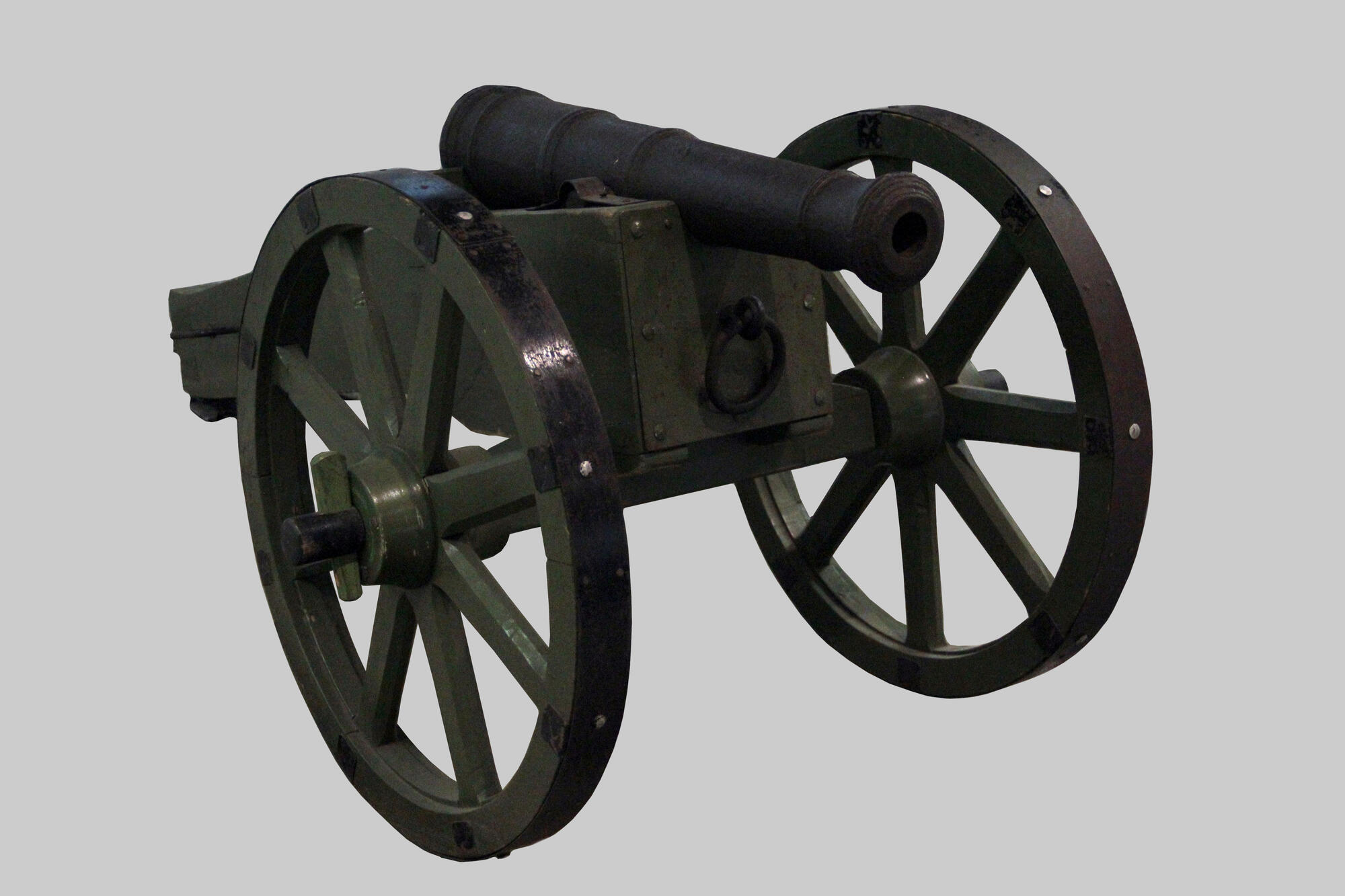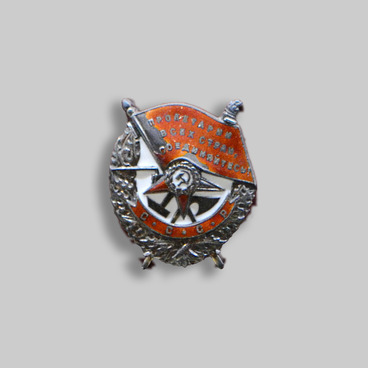The barrel of this cannon has a cone shape with a thickening at the end. The bore is cast in the form of a cylinder. The warhead is located on a wooden two-wheeled carriage, which was restored in 1979 according to the drawings and sketches of the reference books. The carriage is painted green.
In 1953 the cannon was transferred to the VelIkiye LUki Museum of History and Local Lore by the military office of the KhOlmsky District.
In the tactics of military battles of the 18th century, the artillery played a huge role. The technical characteristics of the guns and the concentration of firepower in the desired direction could bring victory with minimal losses.
According to the functions and caliber, researchers classify the artillery of that time as battery and line artillery. The first category included heavy field weapons and acted in the interests of the entire army: it delivered the main blow. Line artillery weapons were lighter than the battery ones and provided fire support for tactical subunits and units in battle.
The combat charge of an artillery gun of the 18th century consisted of a projectile and a powder charge. The gunpowder was poured into a special canvas bag. The firing range depended on the amount of powder poured in.
Projectiles for such weapons could be monolithic cast-iron balls, with the diameter corresponding to the caliber of the weapon (cannonballs), or hollow cast-iron balls filled with powder and a tube to ignite the contents (grenades). The latter weighed up to half a pound.
As a rule, the cannonballs were fired to the enemy’s fortifications along a flat trajectory so that they would ricochet, bounce on the ground for as long as possible and hit the enemy troops. Frontal fire was fired at columns and squares, and flank fire was fired at the lines.
The grenades or bombs were designed for high-density concentrated fire. To deliver a more serious blow to the enemy’s manpower, fire was directed on overhanging trajectories.
Canister shots were fired along straight or very flat trajectory. After firing, the bullets under the pressure of powder gases tore the cord of the case - the canister - and flew in a narrow, conical sector of about 17-20 degrees. The high density of the bullets ensured provided diffuse hits on manpower in this sector. Canisher shots were effectively used both against infantry closed combat formations and against cavalry at short distances - from 60 to 600 steps.
In the tactics of military battles of the 18th century, the artillery played a huge role. The technical characteristics of the guns and the concentration of firepower in the desired direction could bring victory with minimal losses.
According to the functions and caliber, researchers classify the artillery of that time as battery and line artillery. The first category included heavy field weapons and acted in the interests of the entire army: it delivered the main blow. Line artillery weapons were lighter than the battery ones and provided fire support for tactical subunits and units in battle.
The combat charge of an artillery gun of the 18th century consisted of a projectile and a powder charge. The gunpowder was poured into a special canvas bag. The firing range depended on the amount of powder poured in.
Projectiles for such weapons could be monolithic cast-iron balls, with the diameter corresponding to the caliber of the weapon (cannonballs), or hollow cast-iron balls filled with powder and a tube to ignite the contents (grenades). The latter weighed up to half a pound.
As a rule, the cannonballs were fired to the enemy’s fortifications along a flat trajectory so that they would ricochet, bounce on the ground for as long as possible and hit the enemy troops. Frontal fire was fired at columns and squares, and flank fire was fired at the lines.
The grenades or bombs were designed for high-density concentrated fire. To deliver a more serious blow to the enemy’s manpower, fire was directed on overhanging trajectories.
Canister shots were fired along straight or very flat trajectory. After firing, the bullets under the pressure of powder gases tore the cord of the case - the canister - and flew in a narrow, conical sector of about 17-20 degrees. The high density of the bullets ensured provided diffuse hits on manpower in this sector. Canisher shots were effectively used both against infantry closed combat formations and against cavalry at short distances - from 60 to 600 steps.



